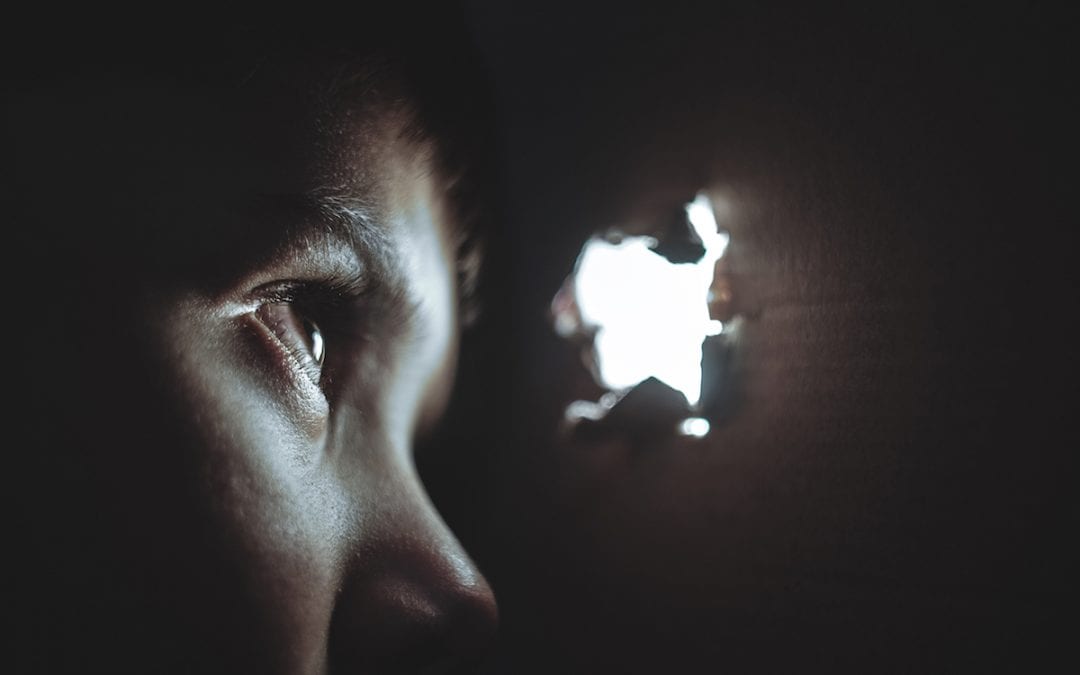There are many different thought patterns that mark the experience of grief. Certain thoughts are common in the early stages of grieving and usually disappear after a short time. Sometimes though, thoughts persist and trigger feelings that can lead to depression or anxiety.
Cognitions
- Disbelief: “There must be some mistake.” “I can’t believe it happened.” These are thoughts that are common after hearing of a death, especially if it was a sudden death.
- Confusion: Grieving individuals often report having trouble concentrating, remembering things, and ordering their thoughts.
- Preoccupations can be obsessive thoughts about the deceased. Oftentimes preoccupation takes the form of intrusive thoughts or images of the deceased. Rumination is another form of preoccupation.
- Sense of presence is the cognitive counterpart to yearning. This is especially true during the time shortly after the death when the grieving person thinks that the deceased person is somehow still in the current area of time and space. Some find this sense of presence comforting while others do not.
- Hallucinations – both visual and auditory, are a frequent experience of the bereaved. This usually happens within a few weeks following the loss and generally does not mean that the person is not coping.
There are some specific behaviors frequently associated with normal grief responses.
Behaviors
- Sleep Disturbances can include difficulty going to sleep or early morning awakening. Sleep disturbances sometimes require medical intervention, but in normal grief they usually correct themselves.
- Appetite Disturbances in grieving individuals is most often reported as under-eating (having little to no appetite). Significant changes in weight may result from changes in eating patterns.
- Absentminded behaviors can be inconvenient for newly bereaved persons. This type of behavior can occur following an important loss and usually corrects itself.
- Social withdrawal is not unusual for people who have sustained a loss. This is usually short-lived and corrects itself.
- Dreams of the deceased is another very common grief response. Bereaved persons have reported by normal kinds of dreams and distressing dreams or nightmares. Some individuals welcome these dreams and feel closer to their departed loved ones and other grievers are disturbed by them.
- Avoiding reminders of the deceased happens primarily to avoid triggers to painful feelings of grief. They might want to avoid the place of the death, the cemetery, or objects that remind them of their loved one.
- Searching and calling out may be done either verbally or can be going on internally.
- Crying – there has been interesting speculation that tears may have potential healing value. Some researchers believe that tears remove toxic substances and help reestablish homeostasis.
- Visiting places or carrying objects that remind the survivor of the deceased is opposite of the behavior that people engage in to avoid reminders of the lost person. Often underlying this behavior is the fear of losing memories of the deceased.
- Treasuring objects that belonged to the deceased whether it is a piece of jewelry, clothing, or other objects.
If you are finding yourself in a cycle of grief, contact Anchored Hope Counseling today! It’s time for healing to begin.

